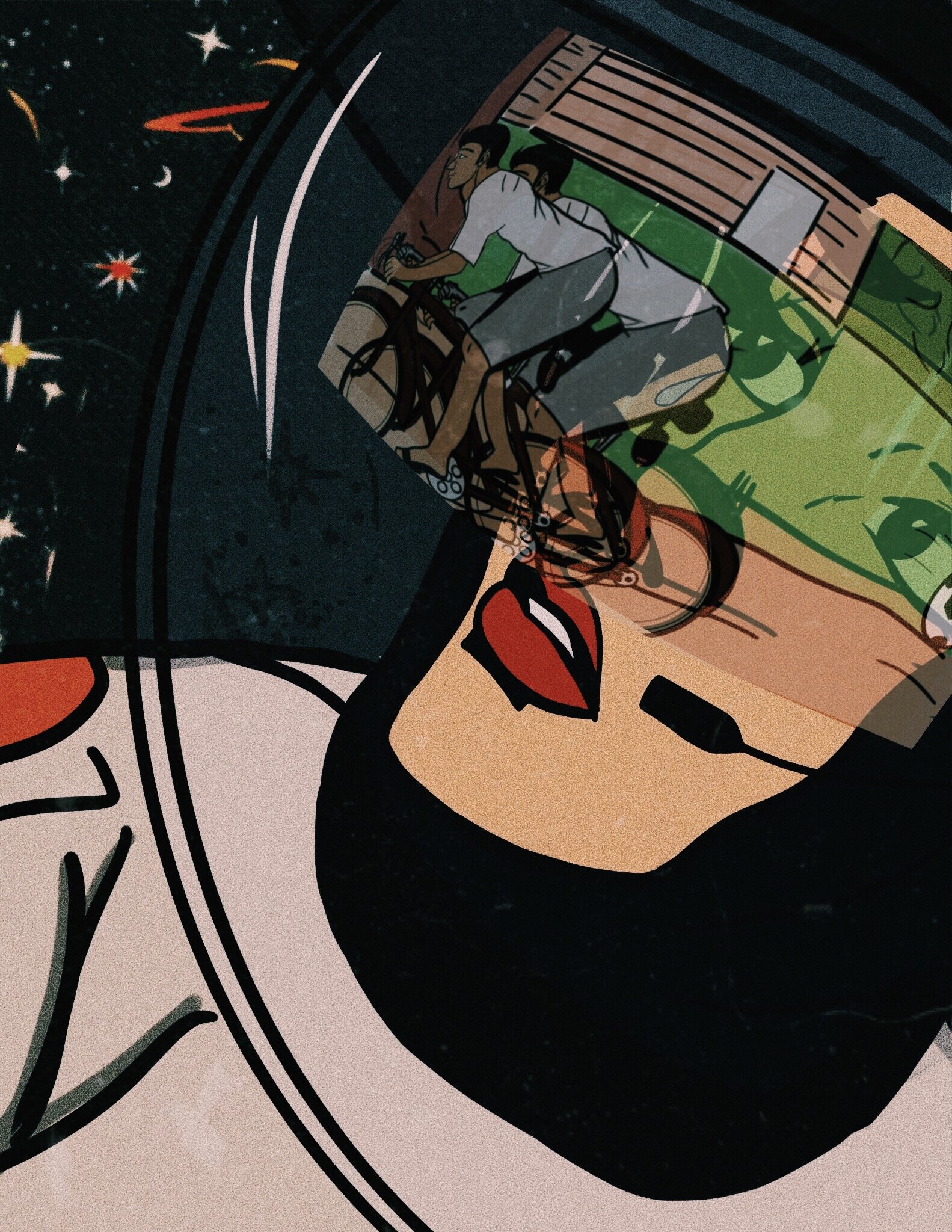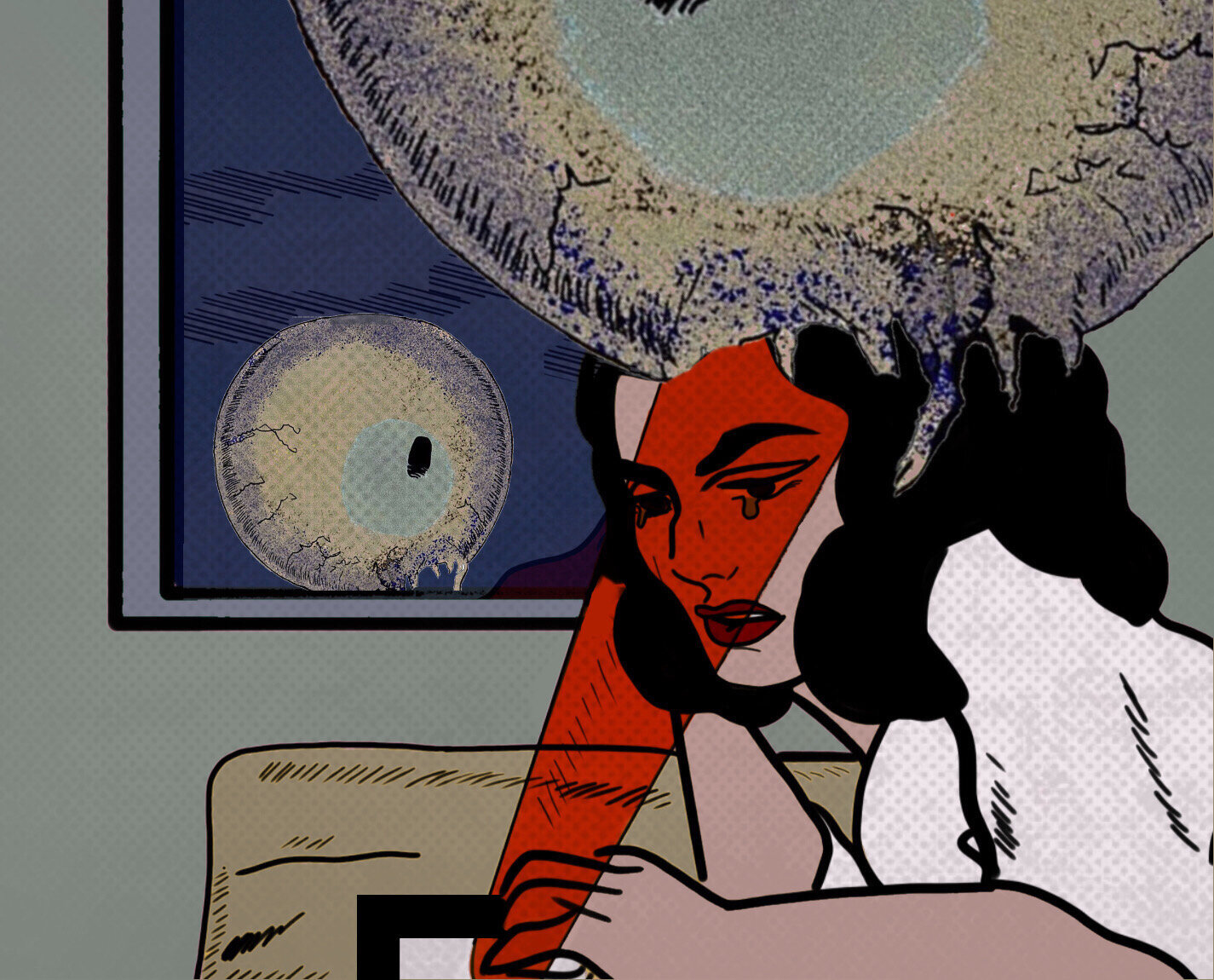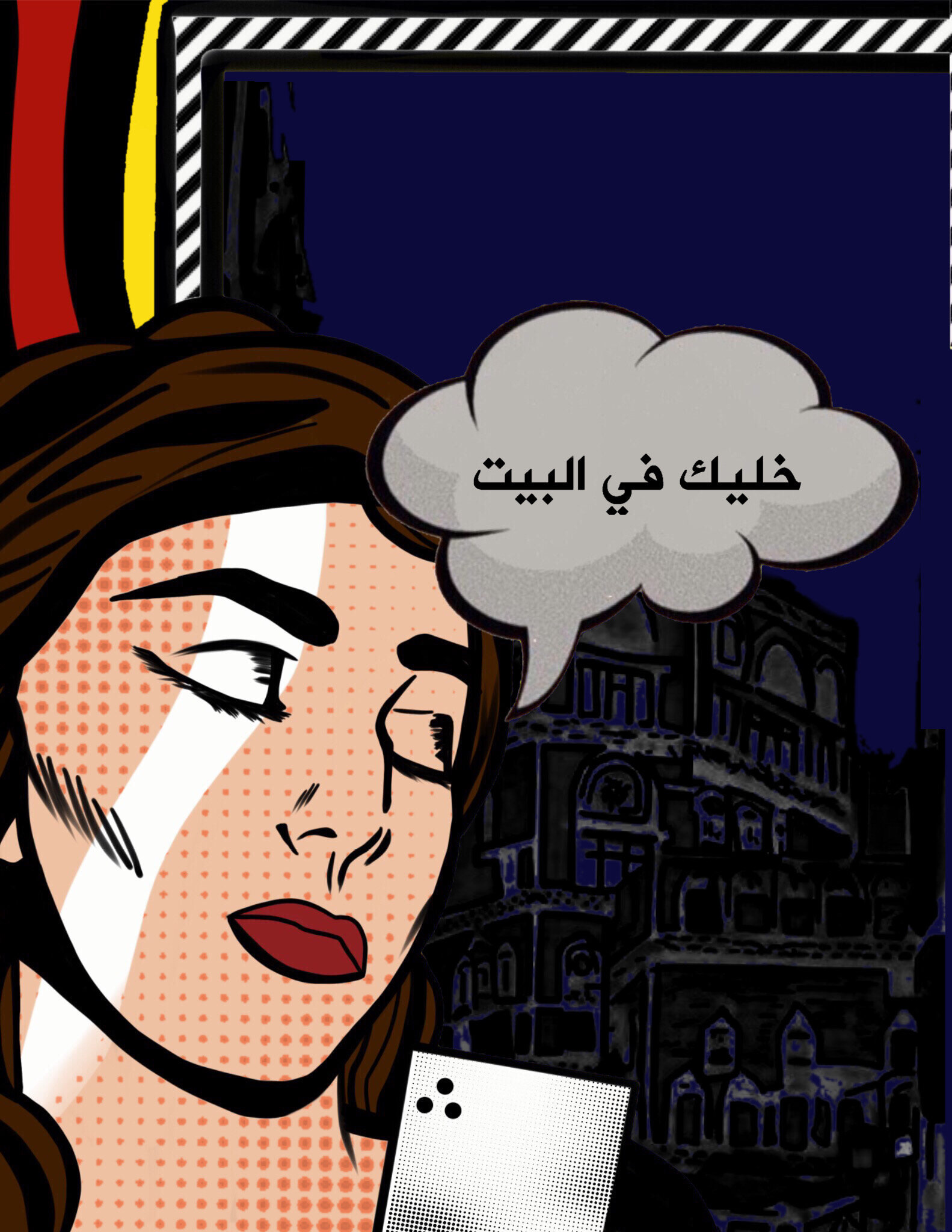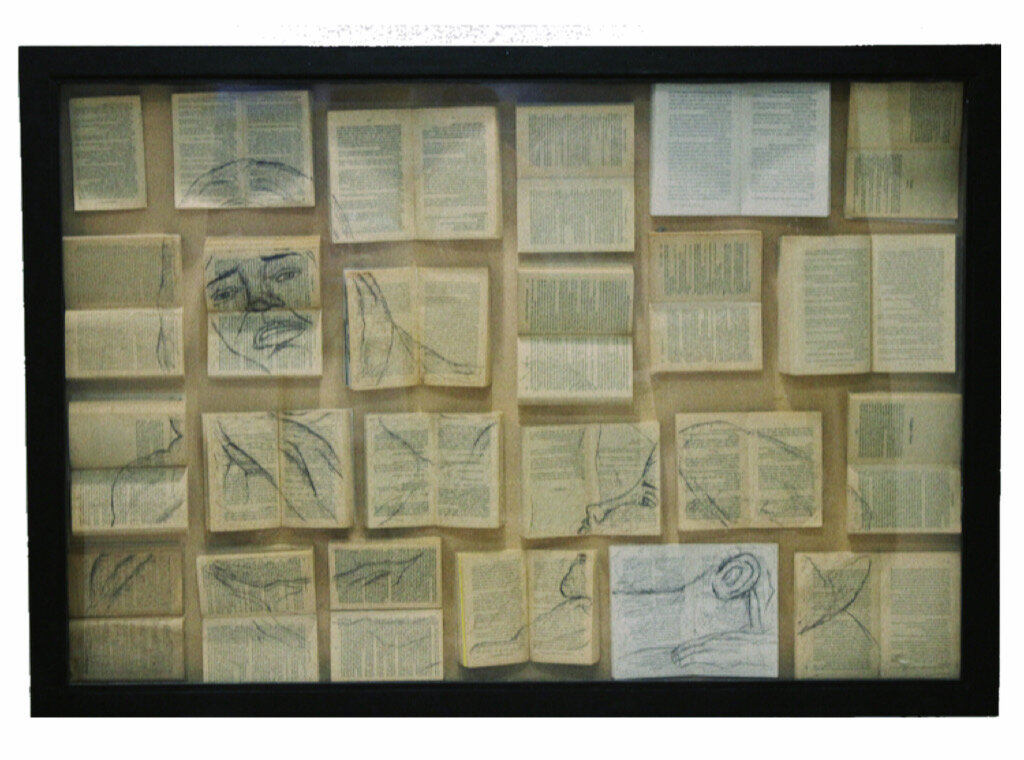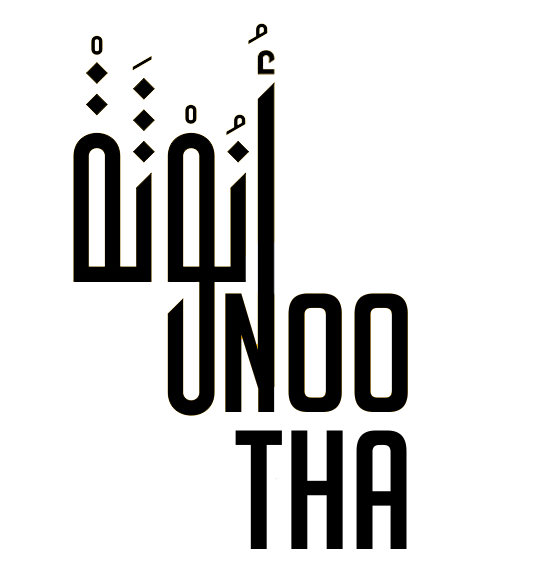Tanya Shamil On Her Artistic Origins, Storytelling, and How Our Culture Inspires It All.
“I get inspired by the way our culture and people think and behave.”
Tanya Shamil is a 17-year-old Omani filmmaker and artist. I came across Tanya sometime in August of 2019, when a piece of her artwork was retweeted onto my Twitter timeline. Immediately, I reached out and asked to interview her for Unootha, her work -- in terms of both its visual aesthetics and powerful messages -- intrigued me and inspired me all at once.
In our seventh issue, I was able to interview Tanya Shamil, learning more about what shaped her into the artist she is today, what compels her to create meaningful and powerful artwork, and how our Middle Eastern culture inspires it all.
FATIMA AL-JARMAN: Tell us your artistic origin story! When did you first begin using visual arts as a medium for self-expression?
TANYA SHAMIL: Growing up, I embodied the stereotypical "shy kid" persona, so I used the arts as an outlet to express myself. Expressing myself through visuals gave me confidence, and to an extent, it diminished my fear of judgment. Additionally, my art teacher, Miss Debbie, did this excellent job of creating a safe space in the classroom, which gave me the freedom to experiment with my artistic abilities.
FATIMA: A lot of the art you share currently tends to critique features of modern Middle Eastern and North African societies. Have you always created art for social commentary? When did you start?
TANYA: I started representing Middle Eastern culture through art in 2016. I first started doing that through an app I launched called “Arabemoji”, where I tried to express Middle Eastern culture and embrace it. Gradually, I began to create art for social commentary. Taking that route wasn’t a conscious decision; it started in responses to common phrases people use to slander others, such as “Where’s the hijab?”. I knew it was a sensitive topic, so I tried to say something about it without saying anything at all.
F: What specific social issues do you typically depict in your artwork? Is there anything in particular that drives you to create art of this nature?
T: I tend to read and listen to conversations about different issues that seem very odd to me that we go through in our Arab society. I get inspired by the way our culture and people think and behave.
F: What conversations do you hope to stir with your artwork, if any? What change would you hope they evoke?
T: I hope that my artwork starts conversations about certain topics that were once considered as “taboo”, and hopefully this provokes people to accept each other and their differences.
F: Is there anything you’ve learned from sharing your art online? Have you, for example, experienced any backlash?
T: We’re in a time where cancel culture is a huge thing online, so when I started making art pieces that talked about societal issues, I chose to bring forward a topic and let the audience interpret it however they please to do. But, of course, there will be some people who are against the messages, but that’s the point. All opinions are appreciated and are needed to move forward.
F: What other stories do you hope to tell through your artwork?
T: It depends on my day to day observations and what strikes me as an interesting issue or way of thinking. My ultimate goal is to spread empathy by showing new perceptions to topics we once looked at with tunnel-vision. I strongly believe that if everyone saw an art piece or a movie that reflects each other’s life, we would be more understanding of another.
F: Finally, describe your artistic process to us. What scene unfolds when you get a spark of inspiration to create your pieces? Where does it typically take place?
T: Most of my ideas come to me when I'm in class, so I would start sketching outlines and shapes in my textbook. I turn those sketches into digital art pieces as soon as I get home. I make my art pieces using my phone, which takes about three hours to make.
Below is a gallery of Tanya’s work that you can view and be engrossed by, all submitted to us by her for the seventh issue. If you’d like to stay up-to-date with Tanya, be sure to follow her on Instagram.
